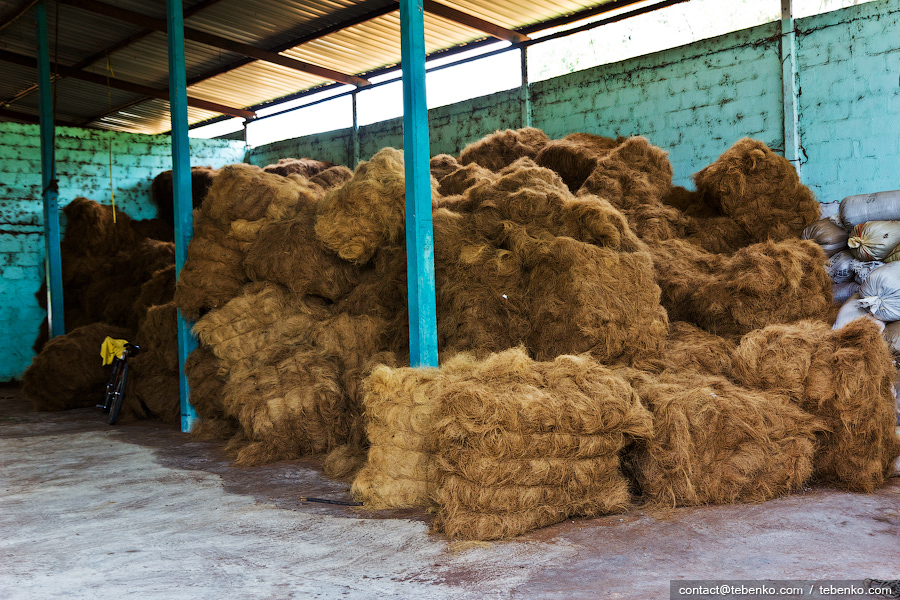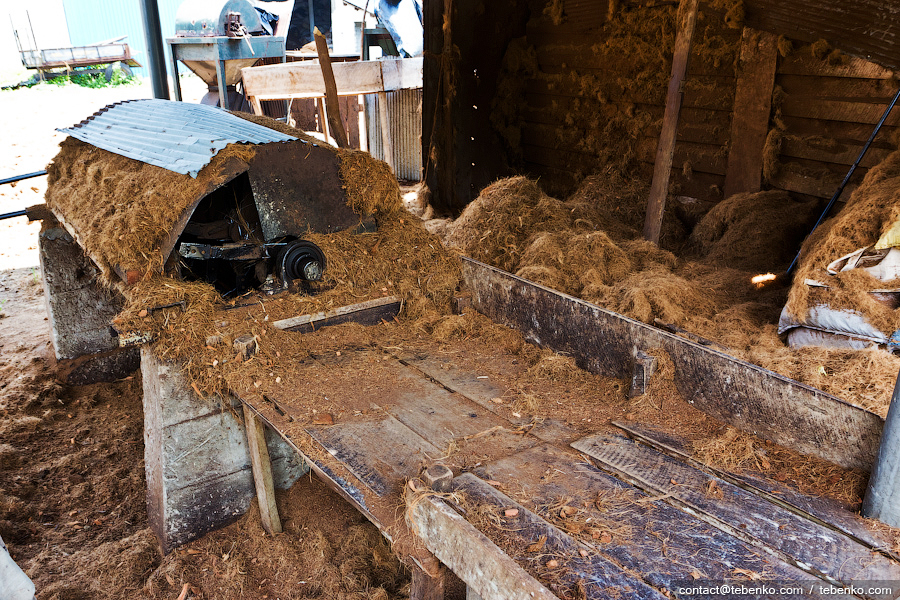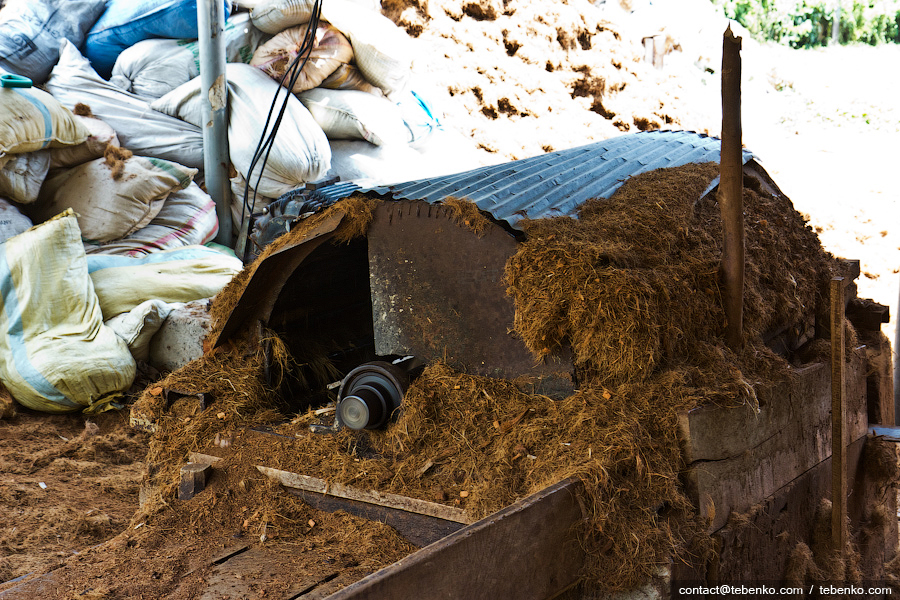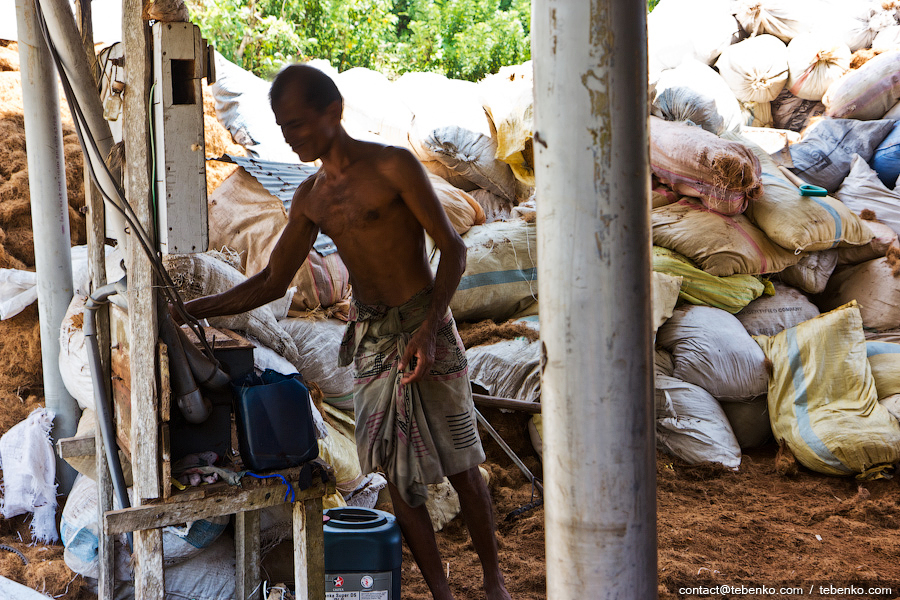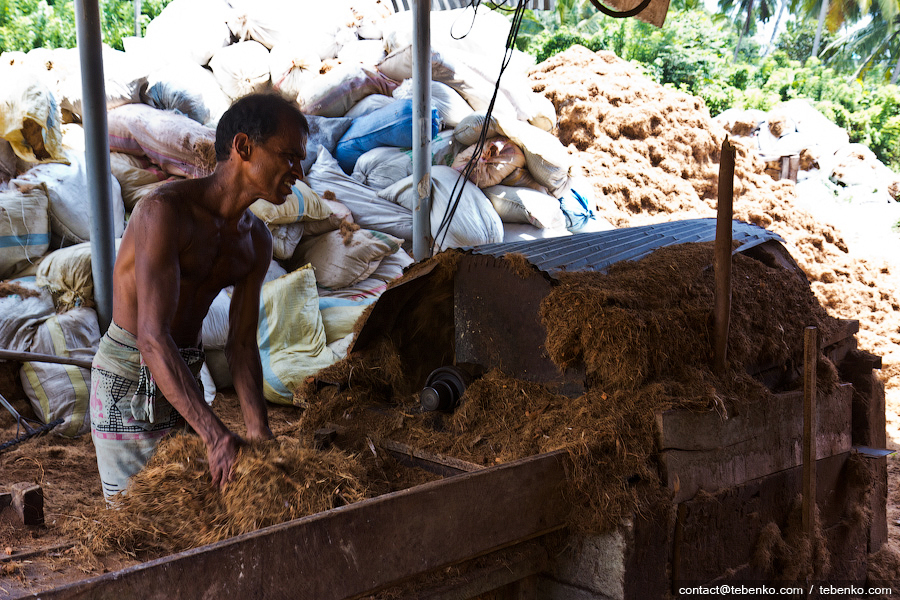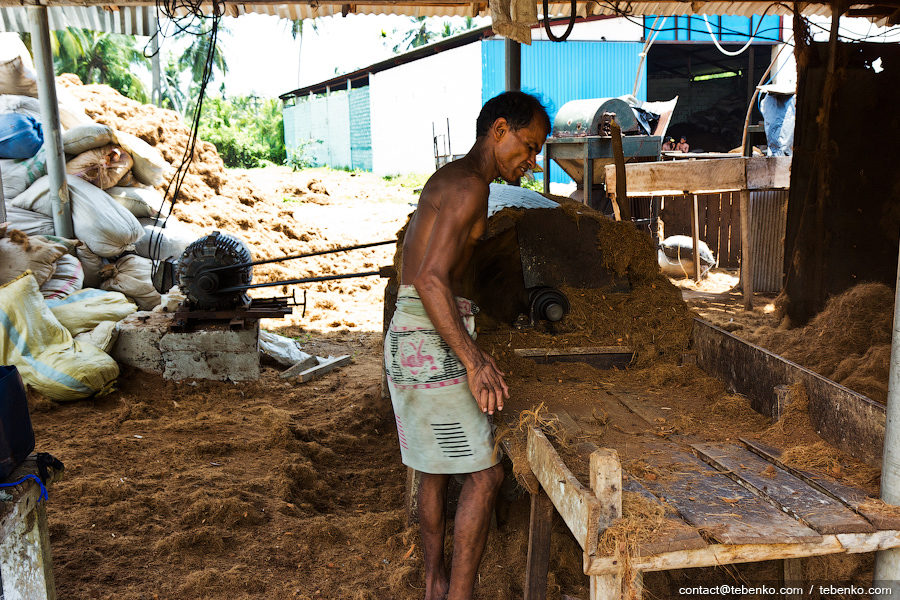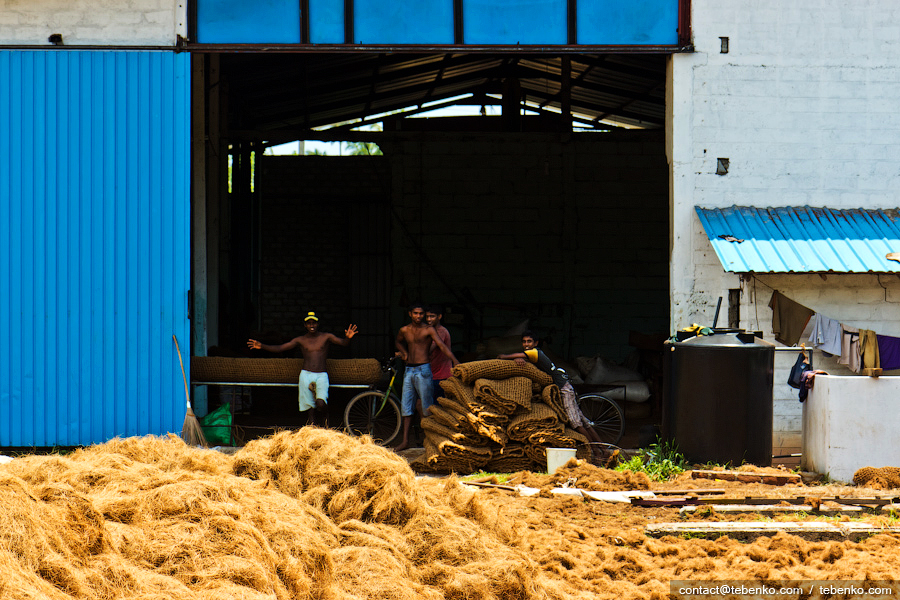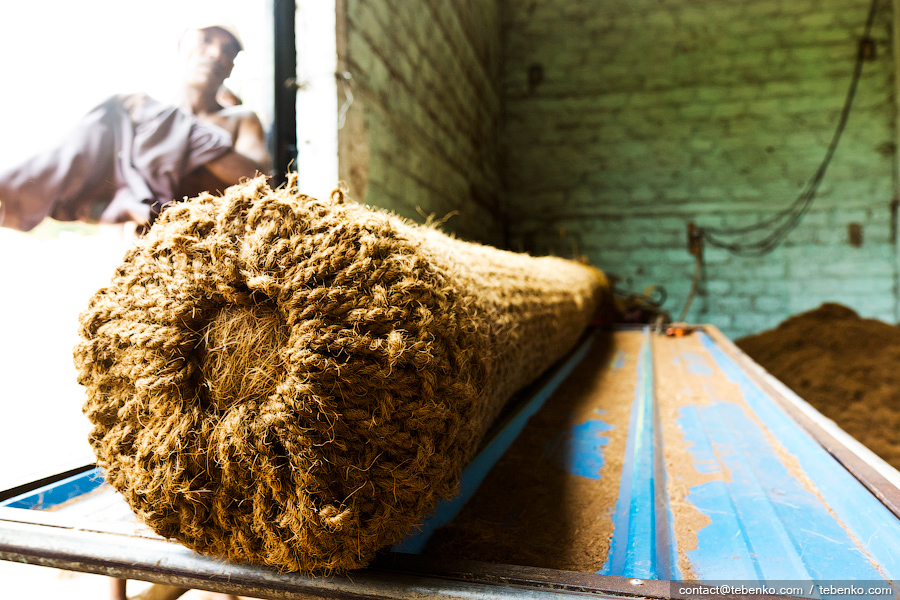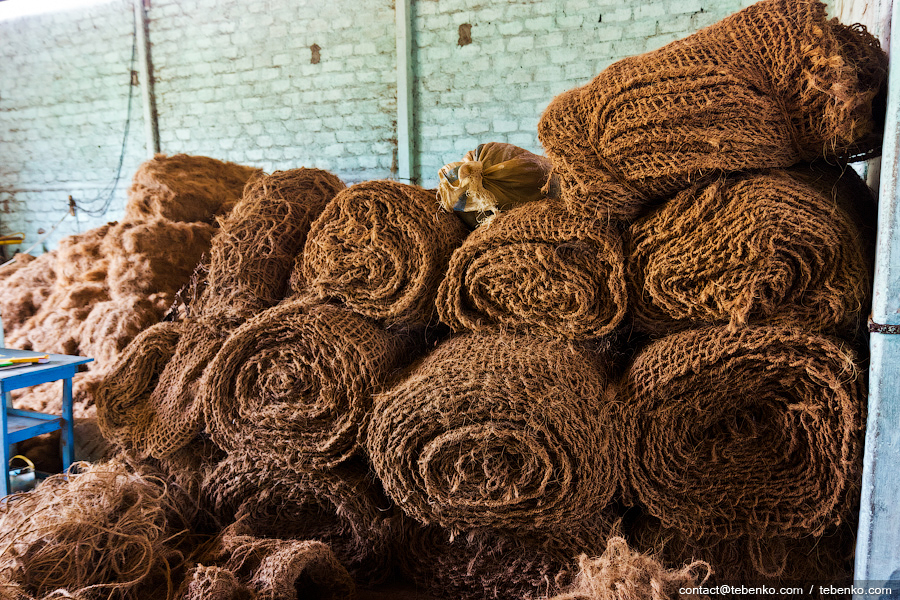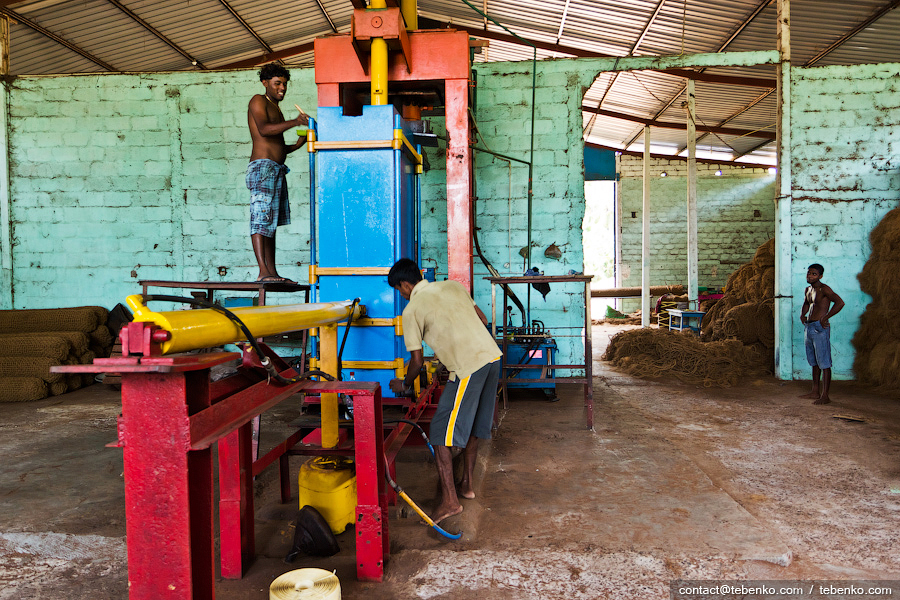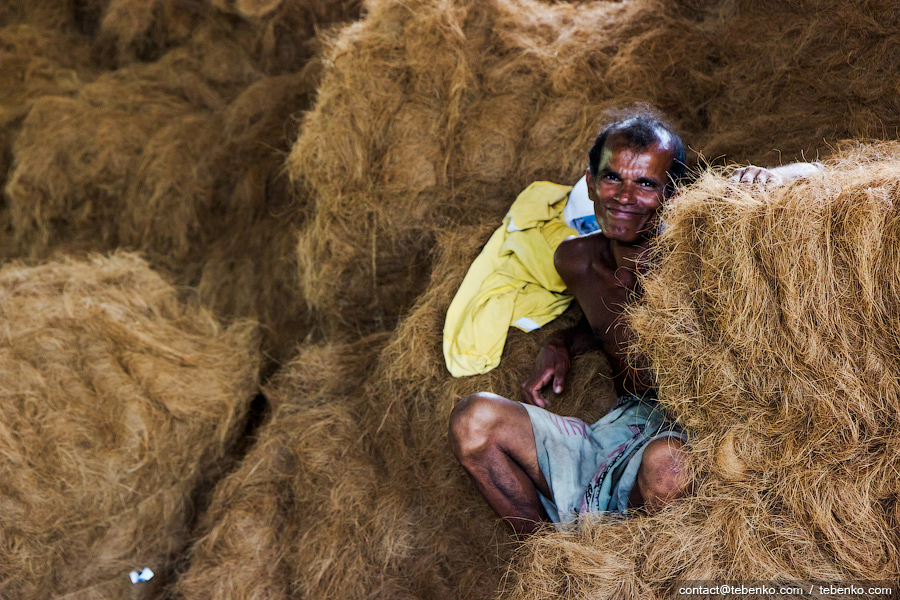In our today's article it goes on tourist attractions and on agriculture in Sri Lanka, more precisely — about one of the plant family palm — coconut. Given that the most important for the economy Cocos Island is in third place — after tea and rubber — in the heart of every shrilankiytsya it occupies a special place. If you try to draw an analogy, it would not be an exaggeration to claim that coconut for shrilankiytsiv — is like bread Slavs. It is difficult to imagine what it would be from Southeast Asia and Sri Lanka in particular, if there were no coconut palms. This plant is so deeply rooted in the life of Sri Lankans that almost became a cult, or at least vitally important. Furthermore, coconut has considerable sacred value. His crash during the wedding ceremony and considered if it is divided into two similar halves, the young life will be long and happy. A Hindu temples and places of residence Tamils coconut crash — as a gift to the gods. By the way, the locals told us once that one of the old island songs Ceylon begins with the words "Oh, whose is right, then whose coconuts…".
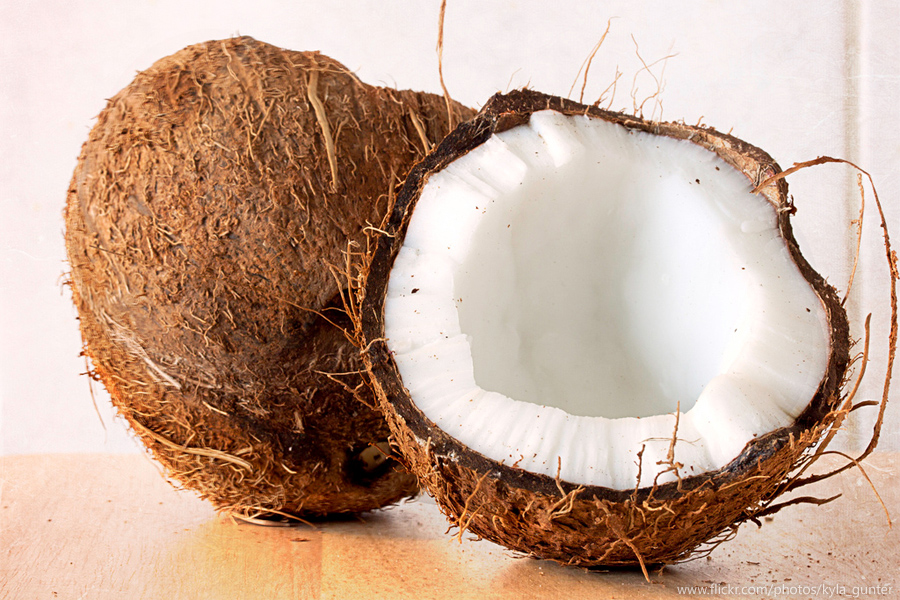 1
1There are hundreds if not thousands of uses of coconut and fun that coconut industry is almost non-waste — used on the farm and nut shells and bark, and pulp and coconut juice. Overall coconut — is both a food, drink, a valuable food and cosmetic additive, and even hobbies.
Try more thoroughly examine the variety of uses of coconut. This product brings significant benefits at the stage of inflorescence — extract from it the sweet nectar, which influenced the local climate quite quickly and actively starts to wander. Braga This is called "palm wine". If you are a fan of stronger drinks, then using clear each Ukrainian real method of distillation Braga palm vodka can be called "arak". Arak taste is somewhere between whiskey and rum, but in its essence — moonshine moonshine. But back to the coconut fruit. The fruits ripen and they, of course, frustrating. Then we opened many options for application and use of coconut. For example, with walnut shell is made small dishes, ornaments or figurines that you actively try vparit local traders. Equally successfully coconut serves as clean coal. A little less — the shell fragments find their place to Making beds and flower beds.
With coconut flesh (copra) are coconut oil, which is used as a food additive in the food industry, and is widely used in cosmetology. In addition, copra is used as feed for livestock, raw materials for making margarine and even napalm.
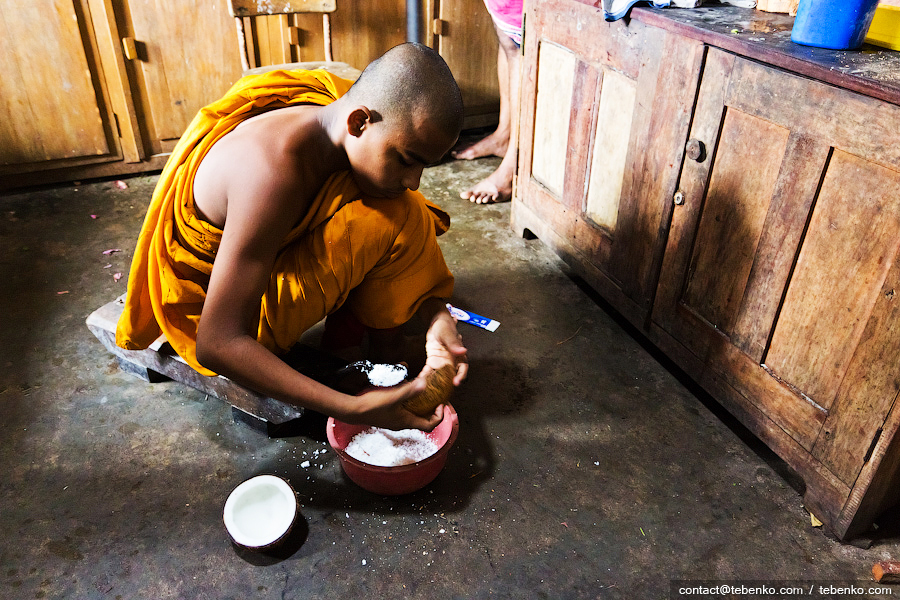 2
2Special attention should be fibrous shell component called coir. First nuts for a long time (10 months) soaked in water, then the fibers are separated and dried. After this the longest fiber weave thread, which is then used in making ropes, mats, mats and fishing nets. Short fibers become tangled and bristles for brushes, and — the basis for stuffing mattresses and pillows. Shrilankiyskyy coir even used for stuffing seats in cars VAZ.
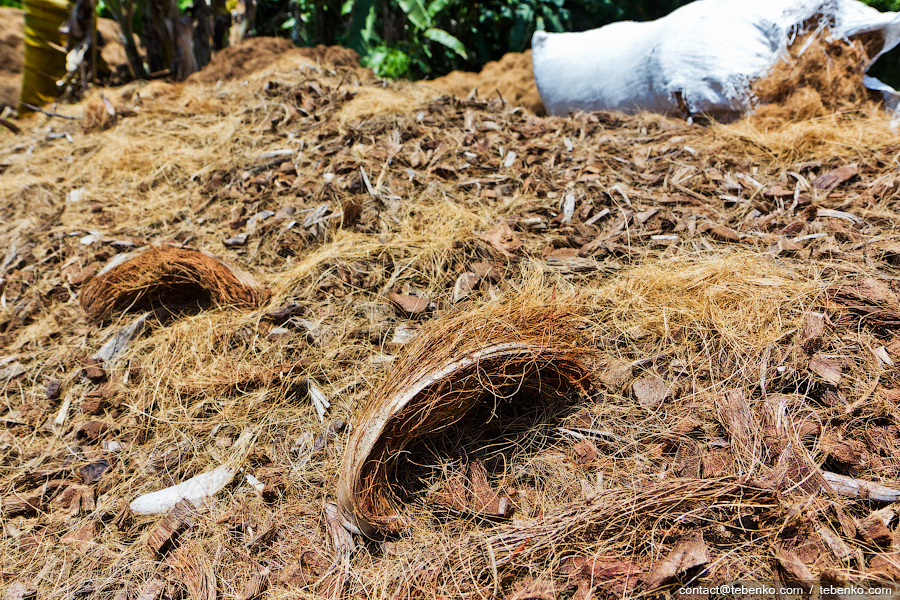 3
3To understand the processing of coir, we went to the nearest factory to us.
This coir comes packaged in sacks, is separate from the shell:
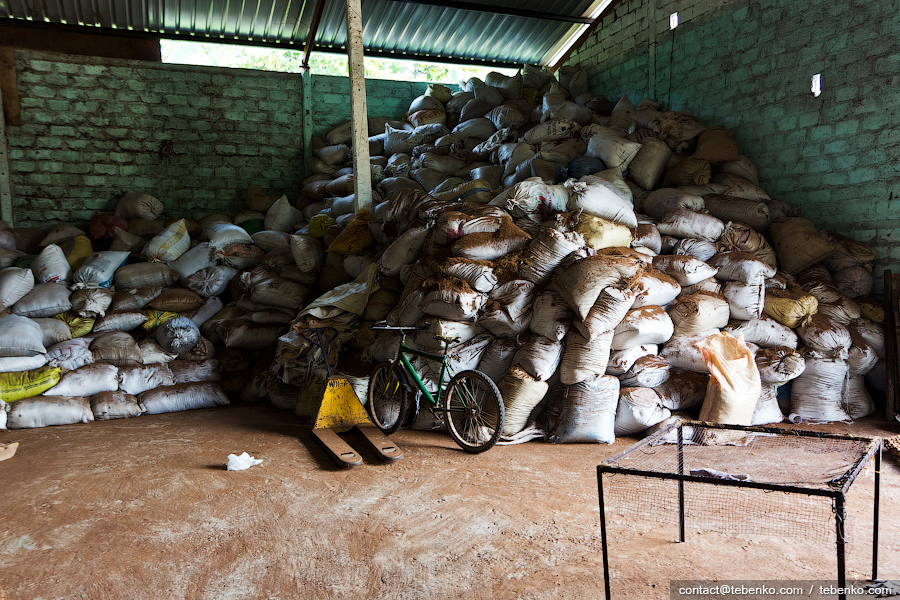 4
4Short and intricate fiber allowed for stuffing mattresses and pillows, but before they undergo grinding. Due to the high content of lignin coconut fiber is very flexible, has high strength and is not subject to rotting.
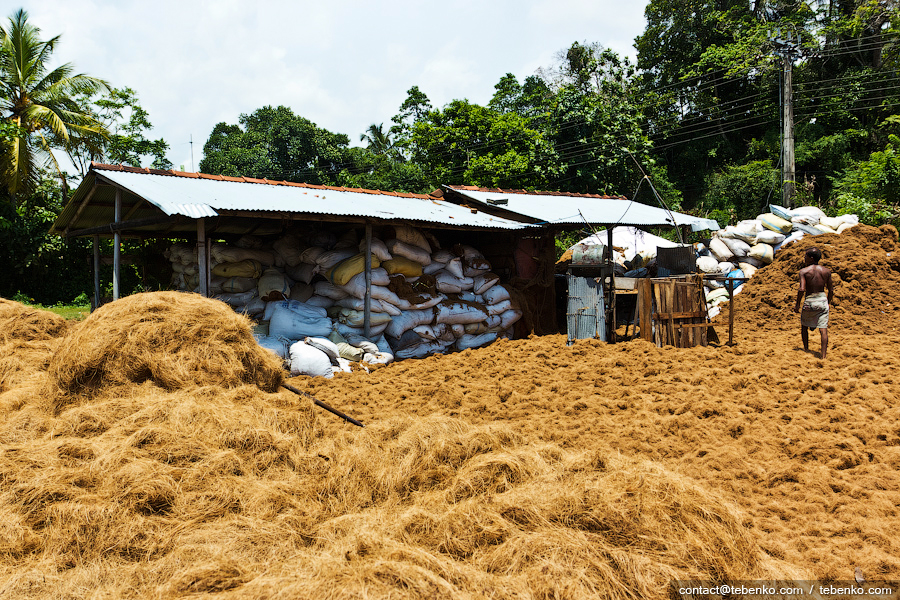 6
6At the factory we got no money, but not free — as payment for the tour we asked to smoke. It turned out that Sri Lanka is the second cigarette national currency. Due to the fact that we are not delighted himself with cigarettes, had to invest a few rupees in their purchase.
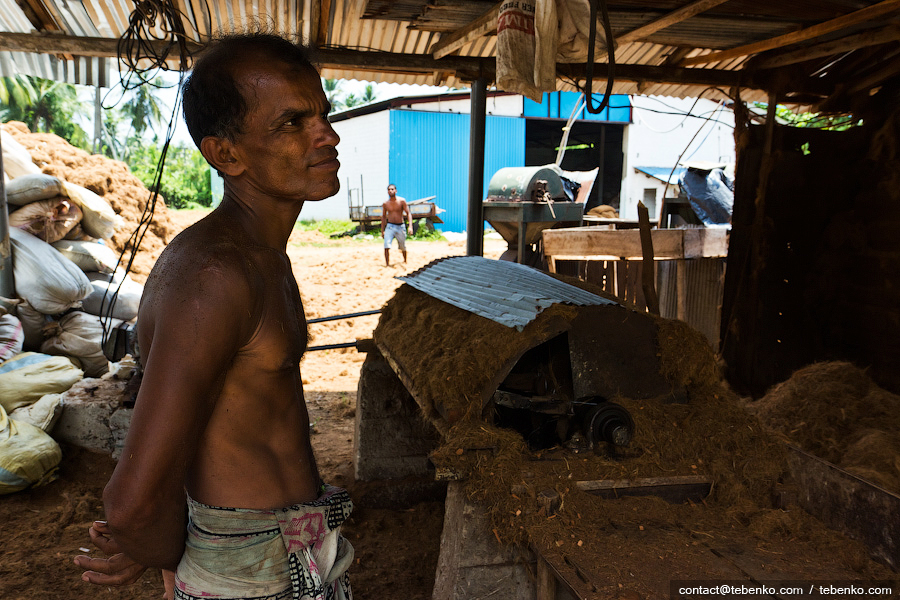 12
12After the exciting view of the shredder, drew our attention to the factory yard, literally littered with coir:
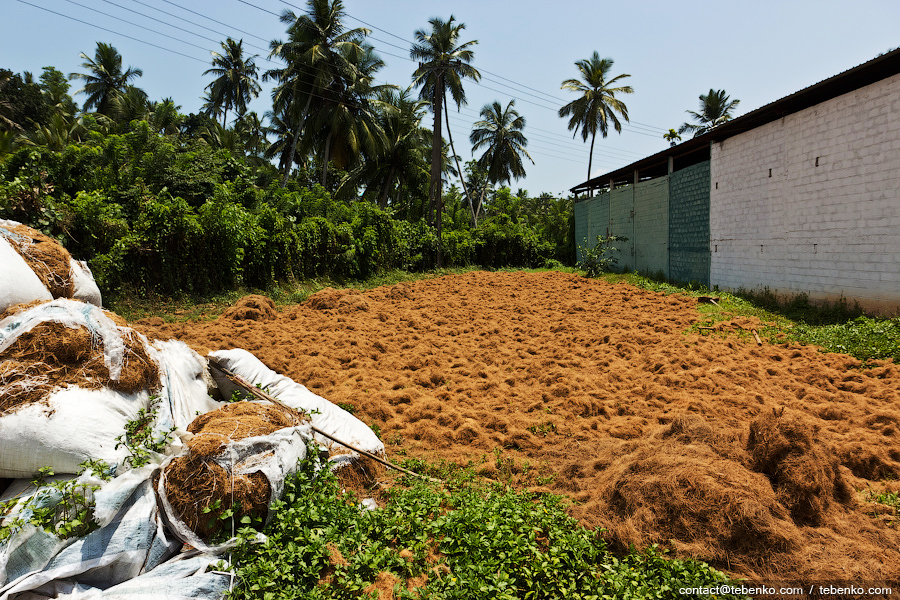 13
13There are fiber pre-processing: dried and sifted. With this valuable material fed from separate pieces of coconut, branches or other foreign objects.
 15
15Coir products, including cables, extremely resistant to salty sea water. They, by the way, with nets, also produced here:
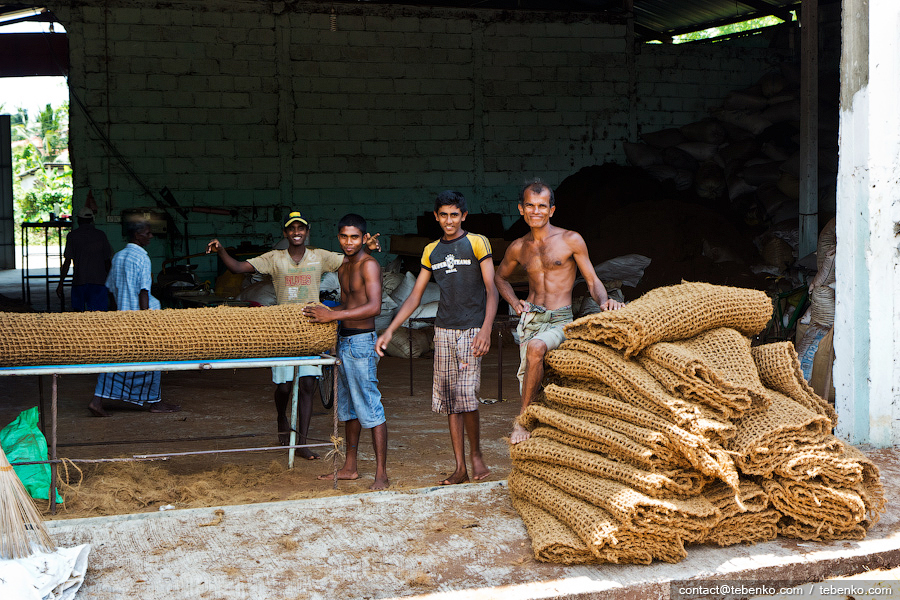 17
17By plexus long fibers get koyrovu thread. Then a special machine with her produce ropes, nets and coils:
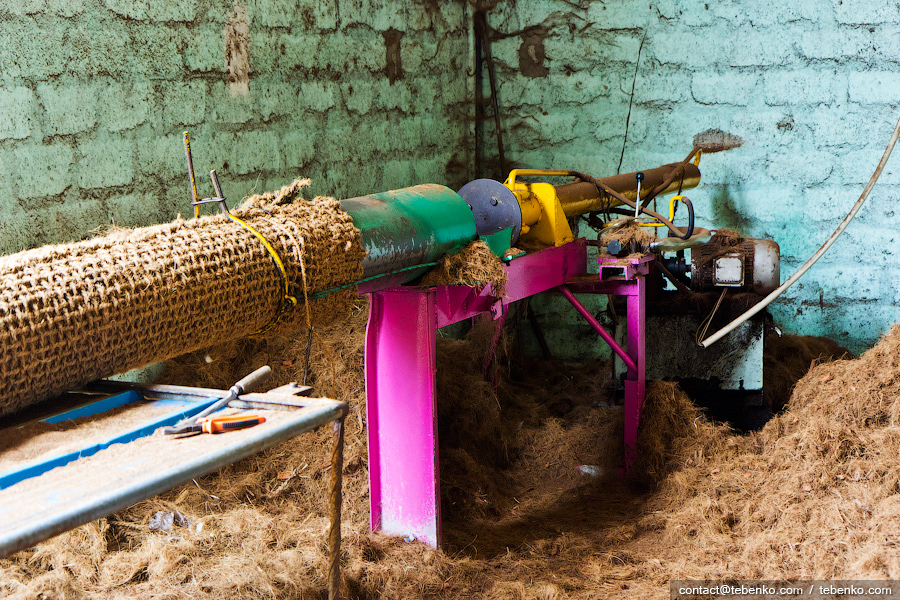 18
18But this — very interesting products. We could not understand their nature and the name, so I just called roll. Their purpose is also revealed to us only in part, but it is safe to assert that the rolls are used to control soil erosion, and some incomprehensible way, improve biodiversity and promote the development of flora fauna.
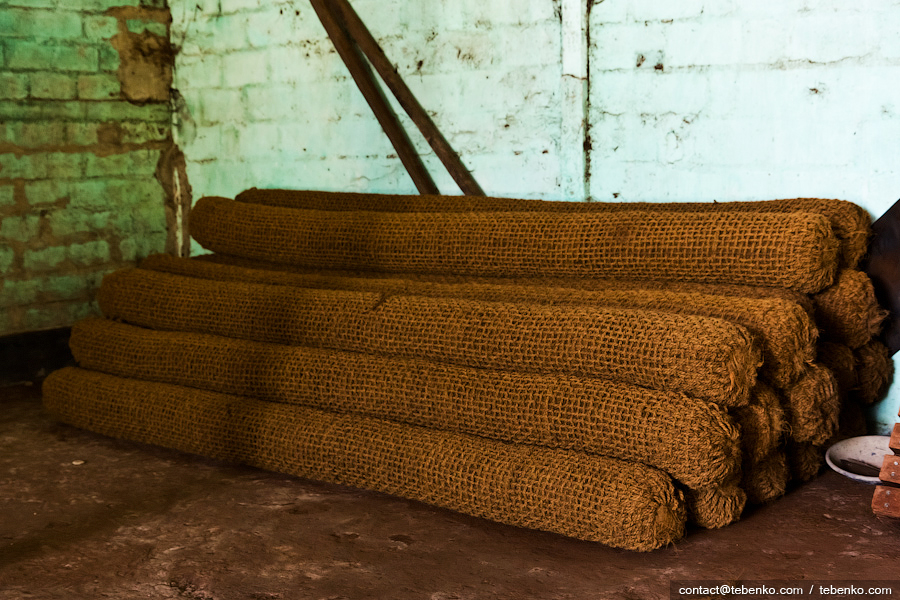 21
21Coconut oil is a strategic product for the entire global food industry and cosmetics, because we just could not get around the side of the factory of production:
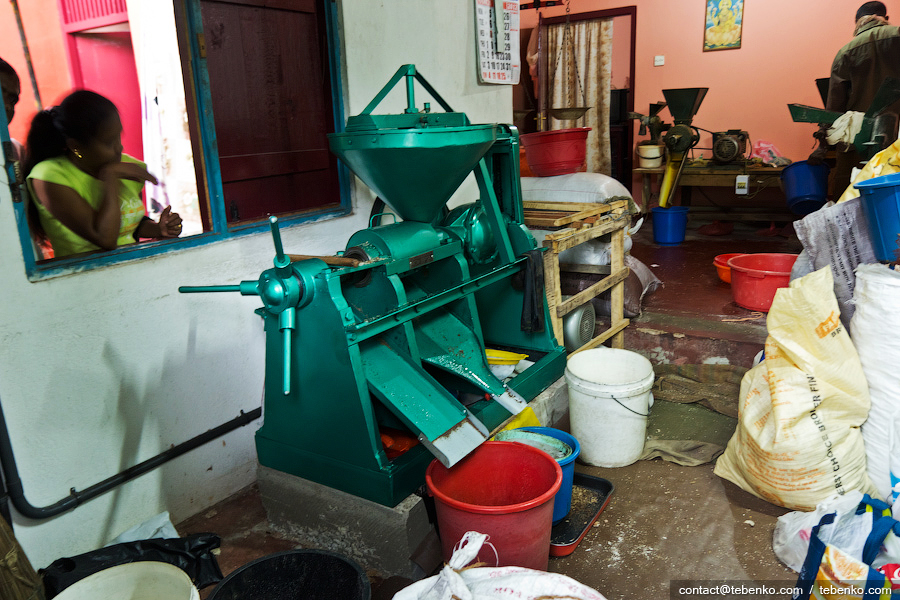 24
24Oil produced since the rest of the coconut — secondary endosperm or, understandable language — from the pulp (copra). Coconut oil is usually made in two ways: hot or cold pressing the dried pulp. In the first case, a more oil, but with fewer nutrients and less production cost. In the technological version of cold pressing, you guessed it — the cost of higher number of smaller but more nutrients.
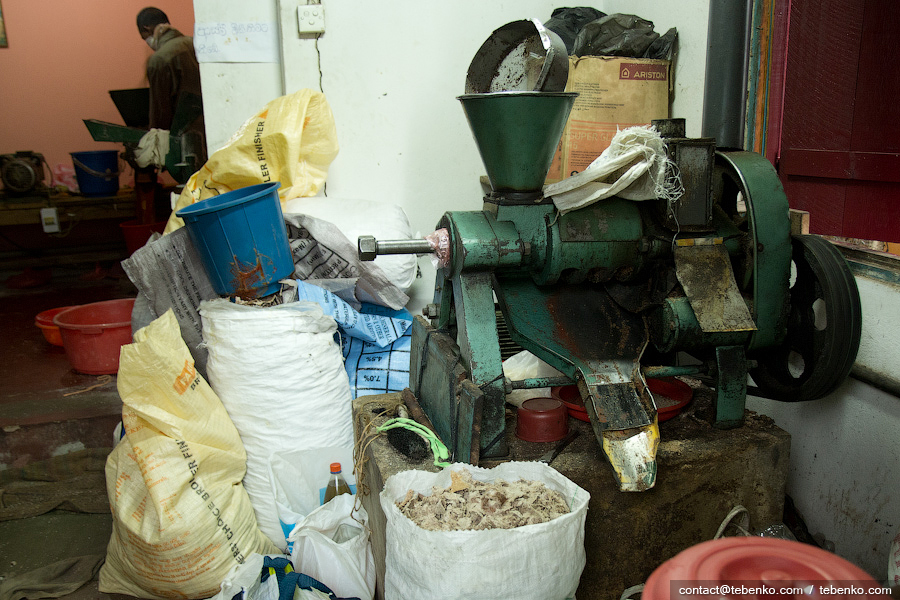 25
25The air in the production room is too heavy, so the staff working in bandages. Almost all saturated coconut oil.
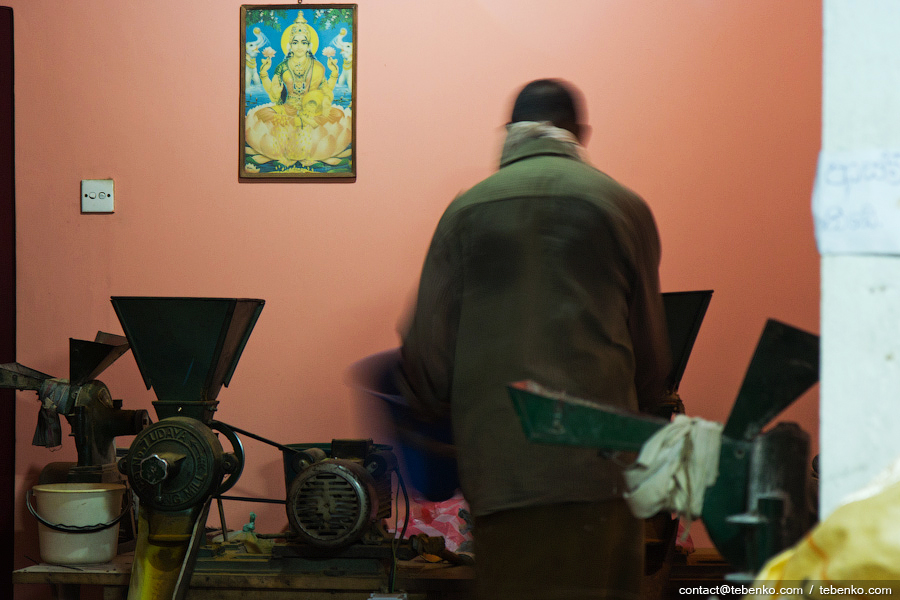 26
26Finally our reportage — royal coconut (King coconut). Most likely, your first friends coconut in Sri Lanka it would be a royal coconut. This type is used for drinking coconuts and very good thirst quencher. By the juice from coconuts ordinary local people put quite skeptical.
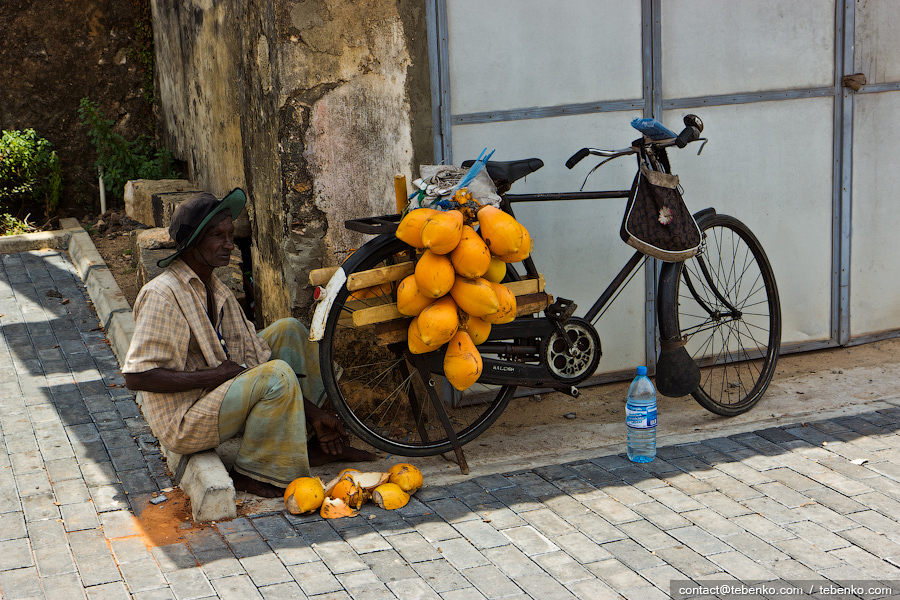 27
27A royal coconut will cost you somewhere in the 30 rupees (25 cents). The price included rolls and coconut trepanation procedure. By the way, if you accidentally somewhere too much zahopytesya tasting Arak, the royal coconut juice in the morning will be a real balm for your soul zboliloyi, and with it the salvation of a hangover.

